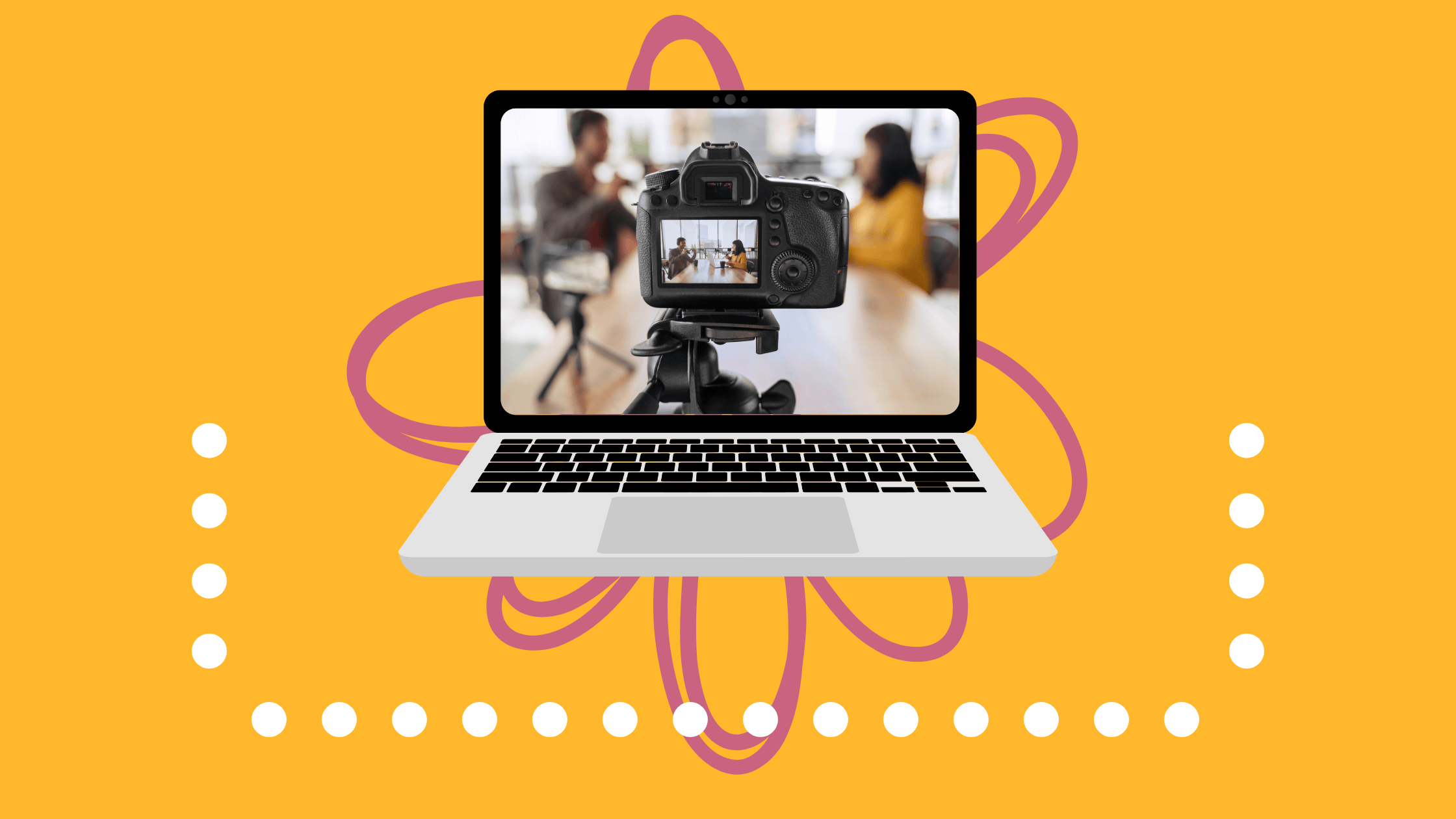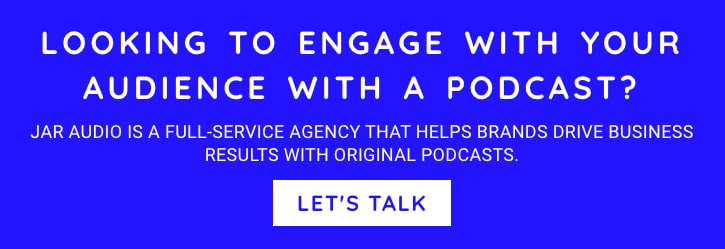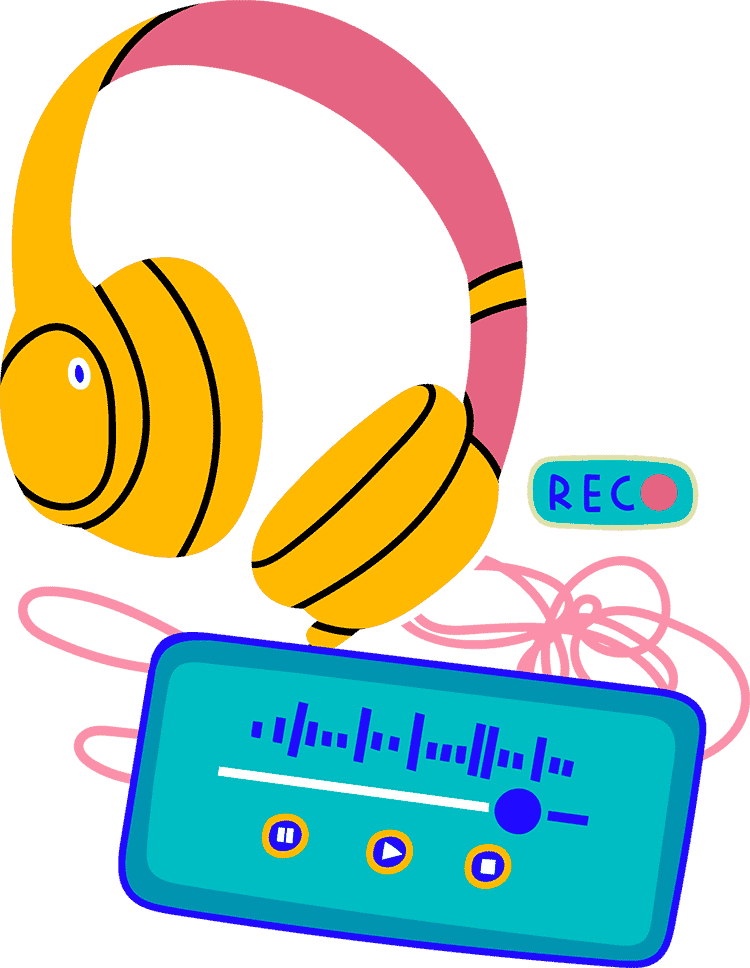Why smart B2B teams are trading pitch decks for podcast moments, and how sales reps are closing faster because of it.
I’ve flipped a stalled deal with nothing but a podcast clip.
No deck. No demo. Just 90 seconds of raw, relevant insight—in that case one of our client’s shows. The clip included an industry analyst talking about the exact issue the prospect had ranted about on our Zoom call.
My email was short:
“Thought of you when I heard this.”
The prospect responded in hours:
“This is exactly what I’m dealing with.”
That moment revealed something most B2B sales teams miss: trusted advisor status will outperform perfect presentations. And yet most reps are stuck selling with tools built for a different era.
Pitch decks get skimmed.
White papers get downloaded and ignored.
But a podcast clip? That gets played on the drive home, at the gym, or while walking a dog.
Why podcast clips work better than brochures
The magic isn’t just content — it’s context.
When a prospect hears a voice (not a sales pitch) that understands their pain, delivered through earbuds during a quiet moment, the dynamic shifts.
It’s no longer a pitch. It’s a conversation.
Companies like Allianz North American Trade know this. Their sales teams have used clips from their branded podcast, Wheel of Risk, as follow-ups. These aren’t product explainers — they’re market insights, shared like a recommendation.
Prospects write back:
“Listened on my commute. This is exactly what we’re dealing with.”
They don’t just listen. They lean in.
The stats back it up
Branded podcast clips aren’t vanity content — they’re high-leverage sales assets.
Recent data shows:
Why? Because trust is the real accelerant in B2B sales. And podcast clips build trust at scale — without scheduling a call or customizing a deck.
How to build a clip system that sells
This is where most teams fall flat. They just trim a few highlights and hope something sticks. Instead, think like a content strategist, not a video editor.
Here’s the 3-step system that works:
1. Identify “Money Moments” in production
During the edit, flag 30- to 90-second segments where:
- Guests name real pain points
- They speak plainly, not in jargon
- They tell stakes-driven stories (what was at risk, what changed)
At JAR, our producers log these as “clip candidates” during the initial edit. It’s baked into the post-production workflow — not an afterthought.
Better yet, our Producers will often flag clips during the interviews themselves and highlight them going into the edit.
2. Match clips to prospect pain
Ask:
- What’s keeping this prospect up at night?
- Which guest quote would resonate if they heard it in traffic?
Don’t push product. Mirror pain.
3. Send the clip with empathy, Not a CTA
Instead of “Check this out,” try:
“This clip reminded me of what you said about [X]. Curious if it rings true on your end?”
That approach:
- Shows you listened
- Doesn’t demand a reply
- Reframes you as an ally, not a closer
Reminder: Oftentimes the goal isn’t to close the deal. It’s to reopen the door.
Where sales teams blow it
Here’s what kills the clip:
- Sending a 12-minute segment (no one listens)
- Featuring your VP pitching the product (no one cares)
- No context in the email (“Why did you send this?”)
- Stuffing 3 clips into one message (pick one story)
You’re not selling with clips. You’re building credibility. Do that right, and the sales conversation sells itself.
What to track (and what to ignore)
Forget just downloads. Those are podcast vanity metrics.
Instead, track clips like any sales asset:
- Open and play rate (use trackable links via CRM)
- Listen duration
- Pipeline movement (did they reply, share it, book a meeting?)
We’ve seen:
- Reply rates jump
- Stakeholder engagement grow
- Sales cycles drop
Those aren’t just podcast metrics. That’s pipeline impact.
Your 90-day clip test plan
Don’t wait for the perfect episode or studio setup. Start now:
Week 1–2
- Pick 2–3 prospects who’ve gone dark
- Identify 2–3 clips from existing episodes that reflect their known challenges
Week 3–4
- Send clips with personalized emails (use the empathy-first format)
Weeks 5–12
- Track replies, follow-ups, and pipeline stage movement
- Document qualitative anecdotes (“The CFO shared this internally”)
By the end, you’ll have hard proof that your podcast isn’t just brand content — it’s deal acceleration content.
Final thought: Podcast clips as social proof
73% of B2B decision-makers say they prefer thought leadership that isn’t trying to sell them.
That’s exactly what your podcast clips offer:
Trusted voices. Contextual insight. Real relevance.
And they’re already sitting on your hard drive.
Want to build a podcast that moves deals?
JAR helps brands like Amazon, RBC, and Cirque du Soleil turn long-form content into clip-powered sales enablement. We don’t just make shows, we make podcasts that work.
Subscribe to JAR’s weekly newsletter for more playbooks like this… it’s chock full of sharp insights.
Roger transitioned from a 22 year career in advertising account management to co-founding JAR, a podcast podcast production agency. As CEO of JAR, he propels the company’s growth by prioritizing audience engagement and podcast marketing. Under his guidance, JAR flourishes with a global clientele, aiming to broaden its reach across North America and revolutionize brand connections through immersive storytelling.



